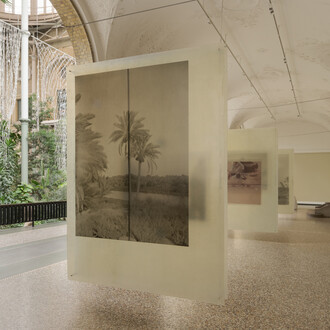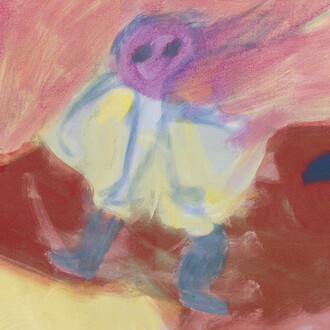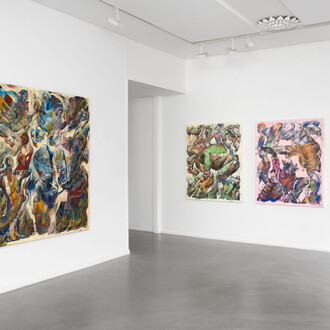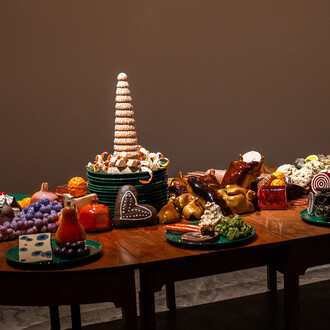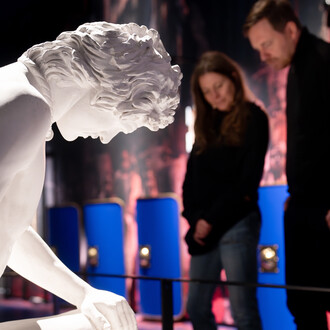What prompts activists to attack famous works of art in an attempt to spotlight the climate crisis? And why do people knock down statues when power changes hands? In the exhibition Iconoclasm – Art as a Battleground, the Glyptotek tells the story of our tempestuous relationship with art and what compels us to destroy it.
For millennia, humans have not only erected statues, but also knocked them down or changed and destroyed them. Because, even though monuments are often made of durable materials such as marble and bronze, the ideologies, people and events they commemorate and preserve are rarely as enduring.
Iconoclasm is not only a phenomenon of antiquity – art is still a battleground: one on which power relations and identities are challenged.
The word ‘iconoclasm’ comes from the ancient Greek word eikon and a derivation of klaein (to smash or crush) and describes the deliberate destruction of images, monuments or symbols. The Glyptotek’s antiquities collection contains myriad examples of archaeological artifacts that were deliberately destroyed. Some of the destruction was motivated by political power shifts and religious upheavals; some was the result of economic and practical circumstances.
Destruction as a challenge to history
The intentional, sometimes violent destruction of art and monuments is not only a phenomenon of the distant past. Iconoclasm is at least as relevant today as it was in ancient times. Nowadays, the act of knocking down statues and destroying monuments is a means of rewriting, challenging and renegotiating the stories we tell about ourselves.
Iconoclasm. Art as a battleground features a wide range of works from the Glyptotek’s antiquities collection that bear traces of both political and religious upheavals.
The scenographer Mai Katsume and video artist Magnus Pind have created an exhibition universe that hovers between destruction and construction. Video, sound and scenic design will bring the Glyptotek’s antiquities collection to life in innovative ways, inviting visitors to reflect on the role of art in power struggles past and present.
The exhibition is supplemented with loans from: Musei Vaticani; the British Museum; Staatliche Museen zu Berlin, Antikensammlung; Musei Civici di Vicenza; Trustees of the Clayton Collection, English Heritage; Rheinisches Landesmuseum Trier and the National Gallery of Denmark.





